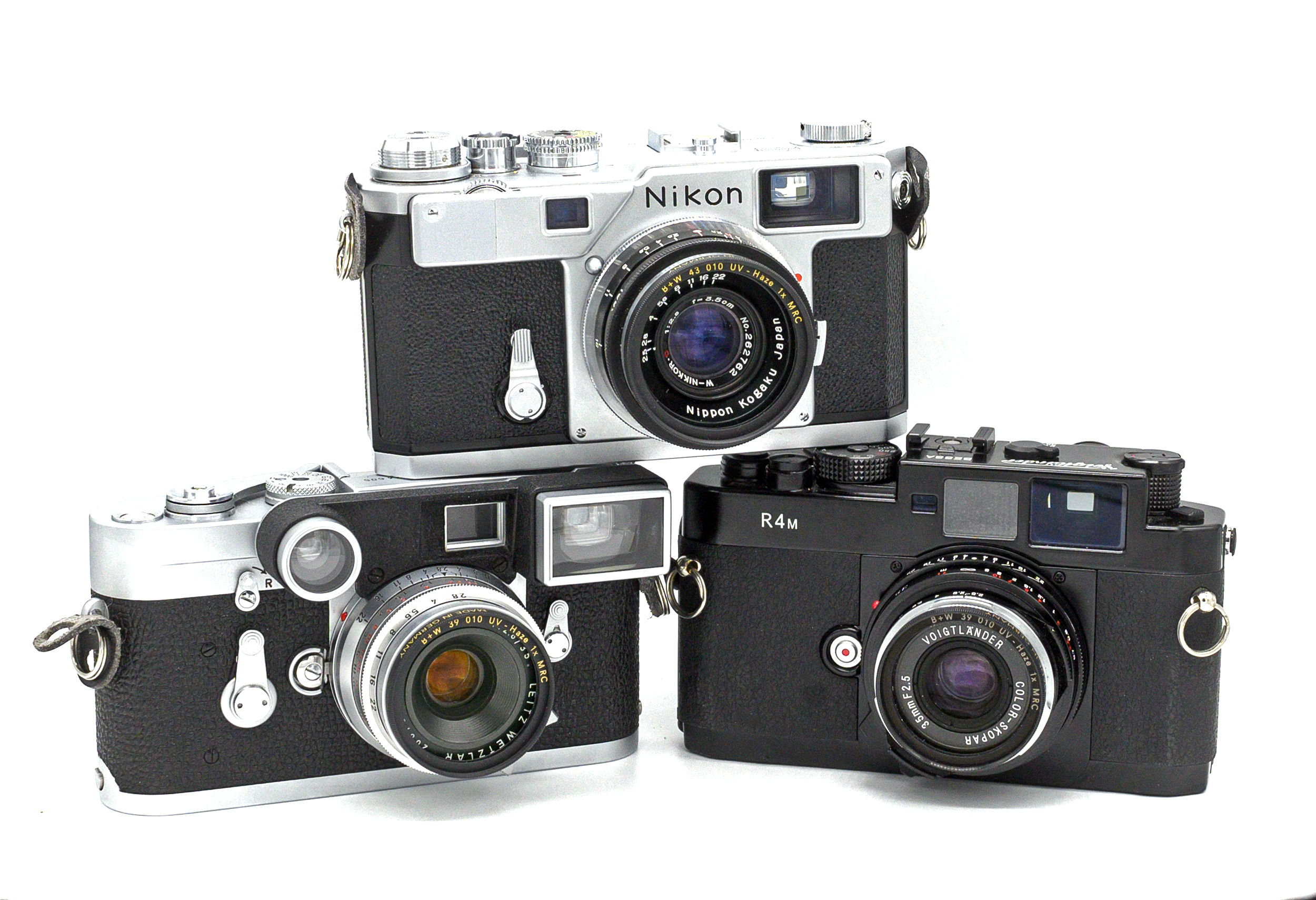
In 1951, Nikon introduced its 35mm f/2.5 lens for its rangefinder cameras, the then-fastest mass-produced lens in the 35mm focal length. Up until that time, the gold standards had been the 35mm f/2.8 Zeiss Biogon (produced mostly in Contax rangefinder mount, with some in Leica screw mount) and the late 1940s 35mm f/3.5 Leica Summaron. It was not until 1958 that Leica introduced the next generation of its 35mm rangefinder lenses: the 35/2.8 Summaron and the 35/2 Summicron for use with its M2 and M3 cameras.
Although the Summaron is well-known, the W-Nikkor has traditionally received far less attention. Because the W-Nikkor and the Summaron share a similar symmetrical double-gauss design, why would we think that one would clearly out perform the other? Evaluating the W-Nikkor as an alternative to the Summaron makes some sense as the former is a far cheaper lens in both its Nikon RF version ($200-300) or the Leica screw mount version ($300-500). With the availability of the $250 Amedeo adapter, the plentiful Nikon RF version of the W-Nikkor can now work perfectly on an M body. On the other hand, the prices for used Summarons have been slowly creeping up in price, with the non-goggled version now often exceeding $1,000.
Let’s take a closer look at the operation and performance of these two contemporaries (and rivals) to see how they perform and whether one clearly bests the other. What we are endeavoring to do is get past the superlatives often used in online discussions and try to get a sense of the actual abilities of these lenses.
The 35mm f/2.5 W-Nikkor (1951-1960)

From 1948, Nikon produced a 35mm f/3.5 lens in its own rangefinder mount and later in Leica screw mount. The 35mm f/3.5 was a simple 4 element, 3 group Tessar design. In 1951, Nikon followed up with the 35mm f/2.5. The W-Nikkor had a completely different design than the prior f/3.5 – a symmetrical scheme like Leica’s 1940s Summaron.

The W-Nikkor was produced in two primary versions, in Nikon S mount and in Leica screw mount. Some unknown number was also probably made in Contax RF mount. Check out this page for some good visuals of the various iterations of the W-Nikkor.
The Nikon RF versions came in a chrome barrel and then later in a black paint version. Both are very handsome designs. For most of the production, the W-Nikkor came in the design pictured above, with its aperture settings visible on the inside of the lens. Only in the final iteration of the lens did Nikon produce a version where the aperture selector ring is visible on the exterior of the lens. This last version now is rare and expensive collector’s item. The Leica screw mount version has a completely different external appearance and some different specifications. It is slightly heavier, has a much more traditional 1930s/40s Leica exterior lens design, cannot focus as closely as the S mount version, and takes an odd filter size.
| Nikon Rangefinder | Leica Screw Mount | |
| Years Produced | 1951-1960(?) | ? |
| Optical Design | 6 elements, 4 groups | 6 elements, 4 groups |
| Aperture | f/2.5-22 | f/2.5-22 |
| Aperture Blades | 8 | 8 |
| Min. Focusing Distance | 0.9m | 1.0m |
| Weight | 111g | 126g |
| Filter Size | 43mm x 0.50m | 34.5mm / Series VI |
Leica Summaron 35mm f/2.8 (1958-1974)
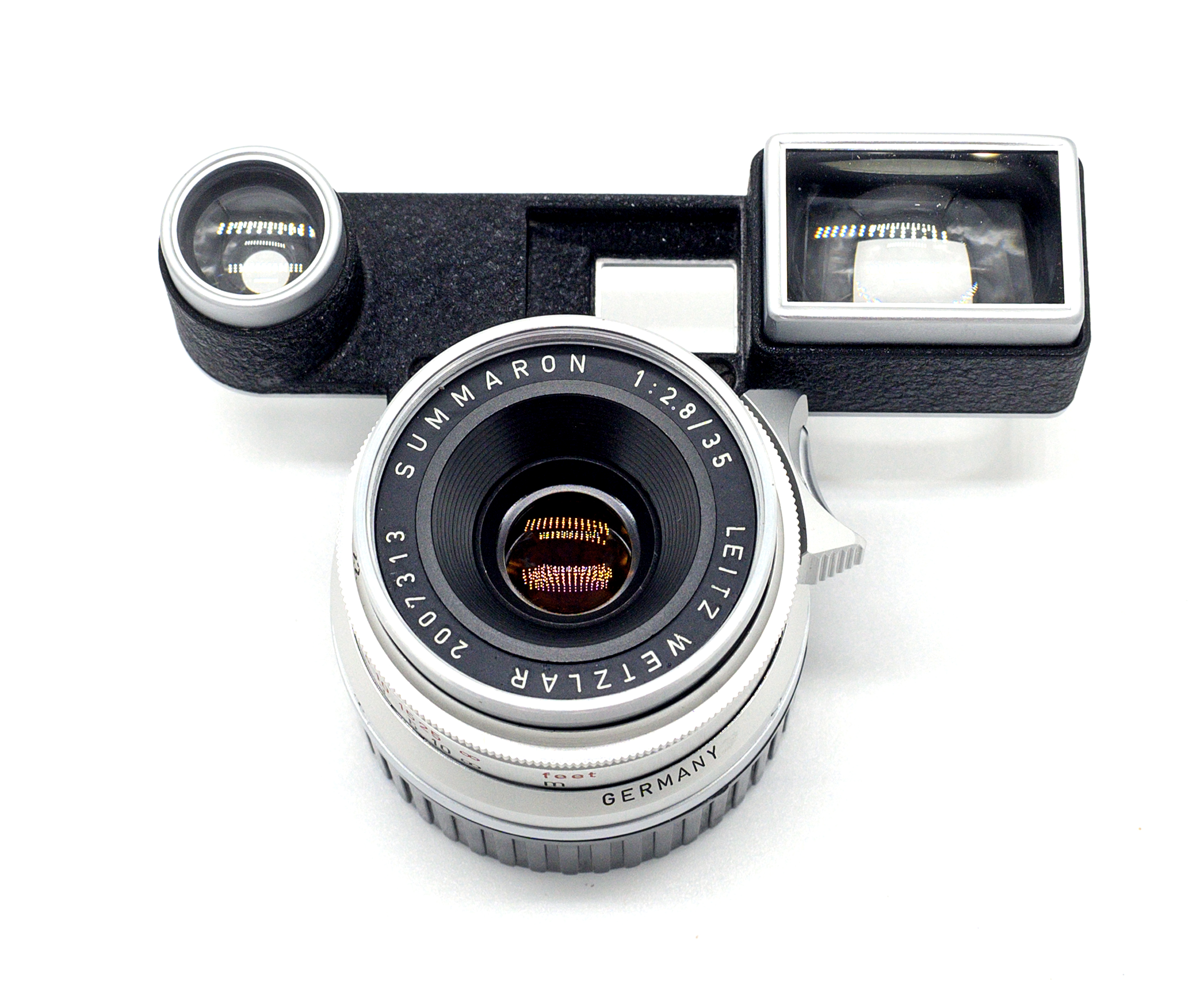
Between 1956 and 1958, Leica introduced three M-mount 35mm lenses for its M3 and M2 cameras: the 35mm f/3.5 Summaron (the same design as its prior screw mount lens), the 35mm f/2.8 Summaron, and the 35mm f/2 Summicron. The Summaron and Summicron both came in two different versions: (1) a “goggled” version for use with the Leica M3; and (2) a detached version originally for use on the M2.

| Lens Mount | Leica M and Leica Screw Mount |
| Years Produced | 1958-1974 |
| Optical Design | 6 elements, 4 groups |
| Min. Focusing Distance | 0.65m (M3); 0.70m (M2, M4, M6, etc.) |
| Weight (Lens Only) | 210g |
| Aperture Blades | 10 |
| Filter Size | 39mm |
After discontinuing the Summaron in 1974, Leica would not produce another 35mm M-mount rangefinder lens slower than f/2 until the 2007 35/2.5 Summarit.
Performance
Conventional wisdom would suggest that the Summaron would outperform the Nikkor. But does it? Let’s try both on a Nikon Z6 to see whether where each lens falls. To see how these older lenses compare with a modern optic, we will throw the Biogon-type Voigtlander Color Skopar 35mm f/2.5 into the mix. A full-frame 24 megapixel sensor should give us some sense of both lenses’ strengths and weaknesses.
Before we start, let’s review some impressions of those who have gone before us. According to Nikon, the development of the 35mm f/2.5 presented a variety of difficult optical challenges. Nikon’s prior 35mm f/3.5 was a Tessar derivative and its 50mm f/1.5 and 50mm f/2 rangefinder lenses had been Sonnar derivatives. According to its technical data, we would expect the 35mm f/2.5 to have excellent resolution in the center, very little overall distortion, good field curvature correction, but to exhibit “front focus” at the corners wide open that should get gradually better as the lens stops down.
Let’s start with the infamous “bookshelf test” at about 1.1 meters from the subject. Click on each image to bring up a larger image. Or if you want, just scroll down to “Conclusions.”
f/2.5
f/2.8
F/4
f/5.6
f/8
Let’s now look at a typical daylight shot at a building in the distance.
f/2.5
f/2.8
f/4
f/5.6
f/8
Here is a closer object at about 0.8m. It was too close for the W-Nikkor — so it’s just the Summaron and VC here.
f/2.8
f/4
f/5.6
f/8
Finally, here is a cute little neighborhood book deposit box.
f/2.5
f/2.8
f/4
f/5.6
f/8
Conclusions
The Summaron beats the other two consistently in distortion control. Both the W-Nikkor and VC have similar levels of barrel distortion through the range.
The VC lens is the “sharpest” lens of the three. It renders in a very modern and clean way. At the same time, the VC has lots of weird light fall-off a wider apertures. The fall-off is very noticeable at f/2.5, and one can still discern it in daylight shots even at f/8. The light fall off after f/2.5 is not a deal killer and on film or digital may not even be noticed, again unless you are looking for it. The VC lens consistently produces larger digital file sizes and overall captures more detail than either the Summaron or the W-Nikkor. It probably can be said that the VC is the “best” lens of the three based on a totality of performance factors, but it cannot be said that the VC is “clearly” better in all aspects.
In a head-to-head between the Summaron and W-Nikkor, neither lens knocks the other out. Both lenses are rather well-corrected for field curvature and chromatic aberrations. Because of its ancient single lens coating, the W-Nikkor suffers from flare that is apparent indoors and outdoors. Besides the W-Nikkor’s flaring, I cannot discern any noticeable difference in center sharpness between the two lenses at any aperture. The corners of the Summaron are also slightly better than the W-Nikkor throughout the range — but not by much — I would attribute any difference to distortion and the quality of the lens coating. Neither lens has an advantage in light fall-off. In many situations, the W-Nikkor is producing larger digital file sizes than the Summaron at f/2.8 and f/4. By f/5.6 and f/8, both lenses are producing images of roughly equal detail. The W-Nikkor renders a “cooler” color image than the Summaron.
In the 35mm focal length, you cannot go wrong with any of these lenses, especially on film. The W-Nikkor (in either Nikon S or Leica screw mount) is generally 1/4 the price of a Summaron. On the other hand, the Summaron is cheaper than any version of the Leica 35/2 Summicron. Whether you would choose one lens over the other may come down to personal preference. If you just want to get the job don for the least amount of money, certainly consider the VC. For its performance, it is probably the best value in an M-mount 35mm focal length lens. If you want to enjoy the classic rangefinder experience and tend to shoot film, the W-Nikkor and Summaron are both a pleasure to use.














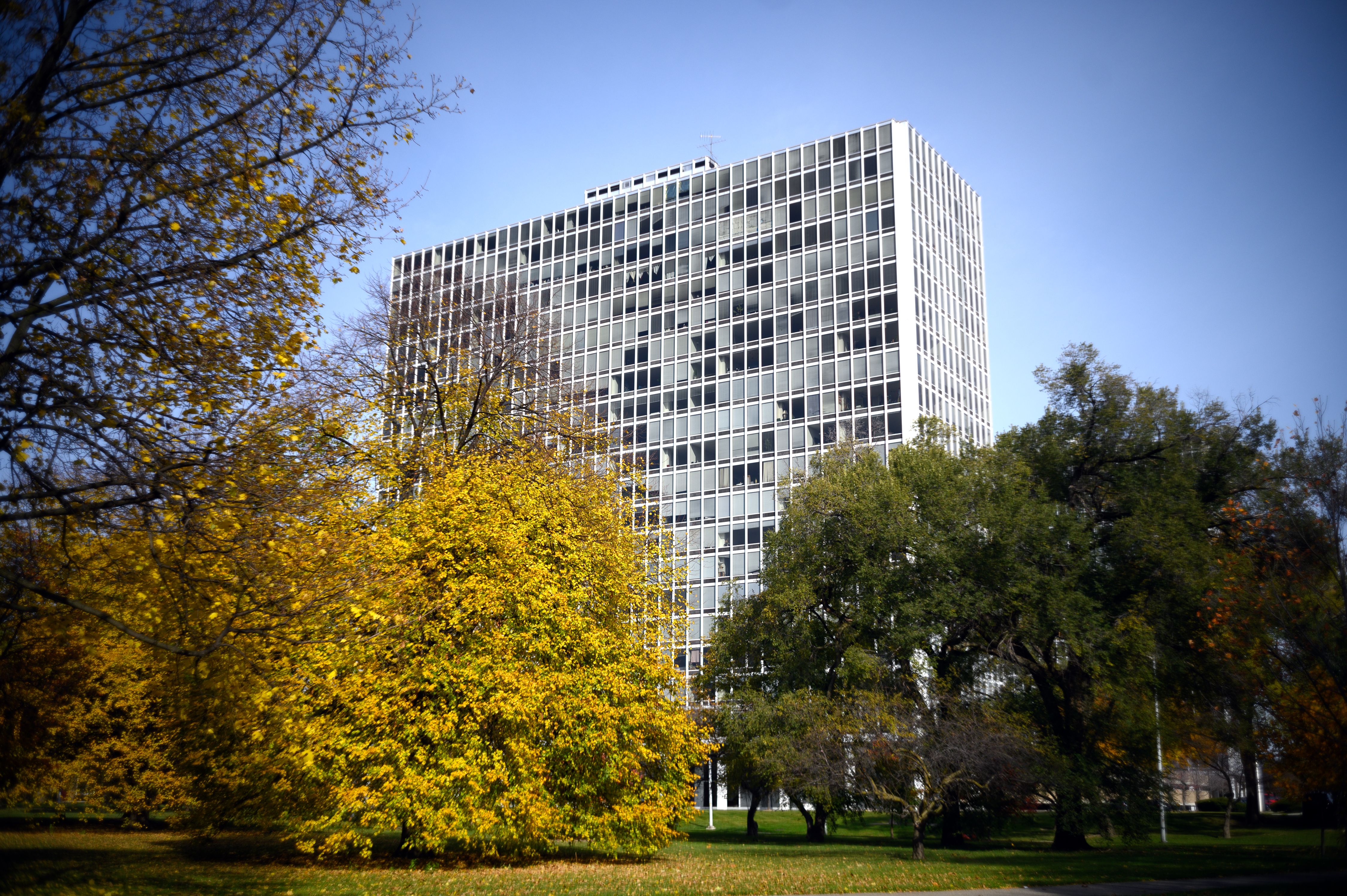
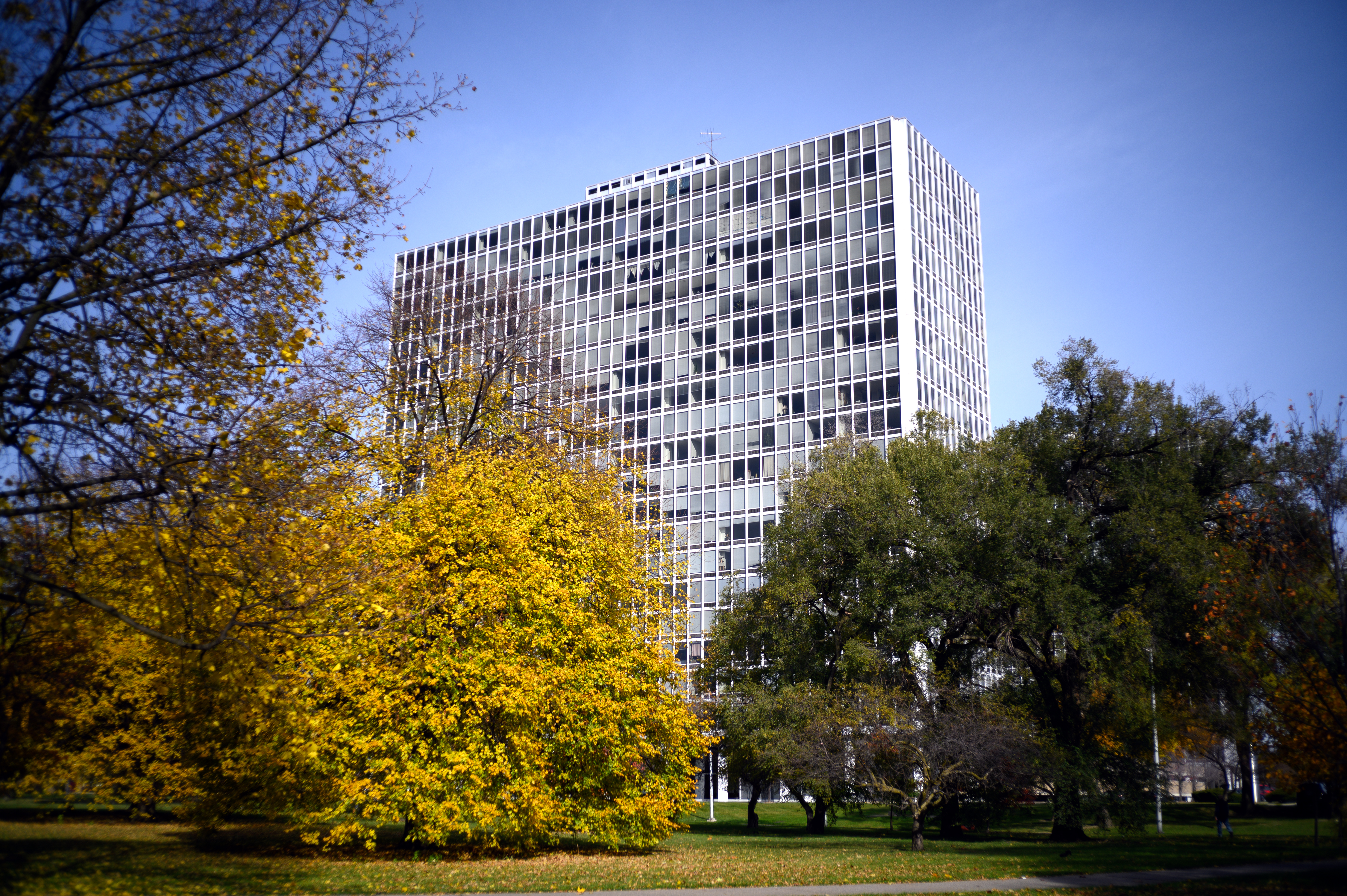

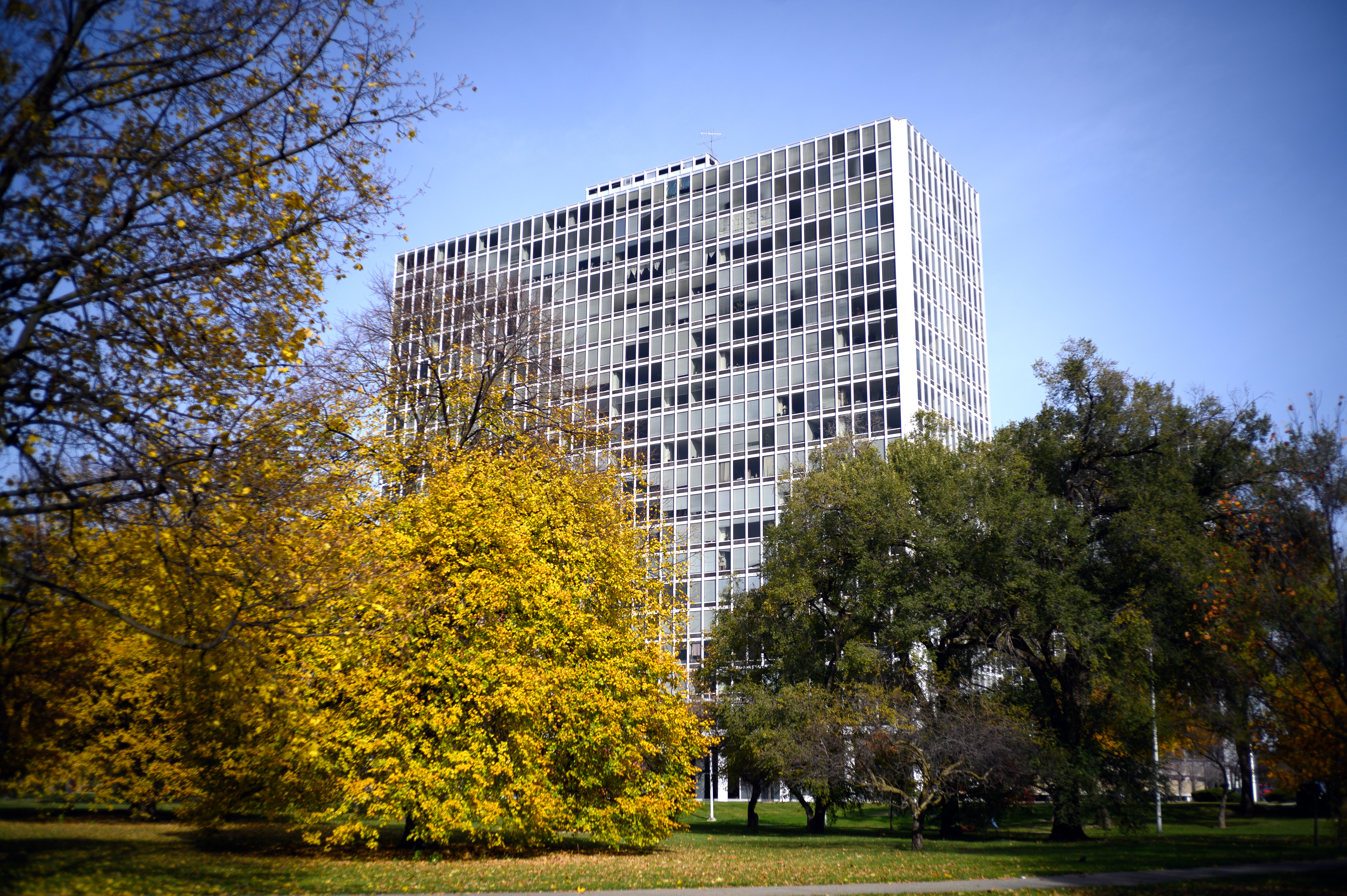

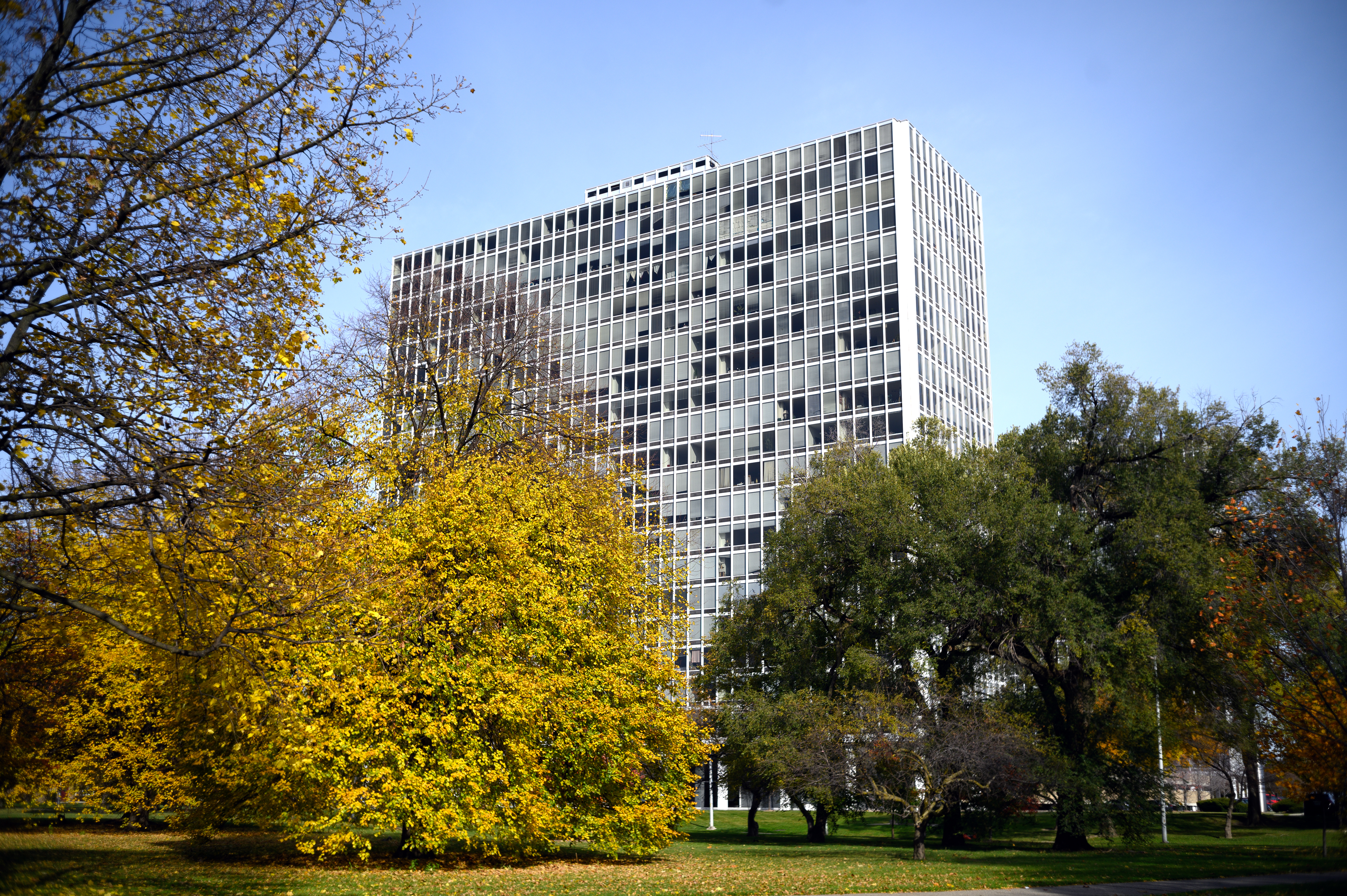

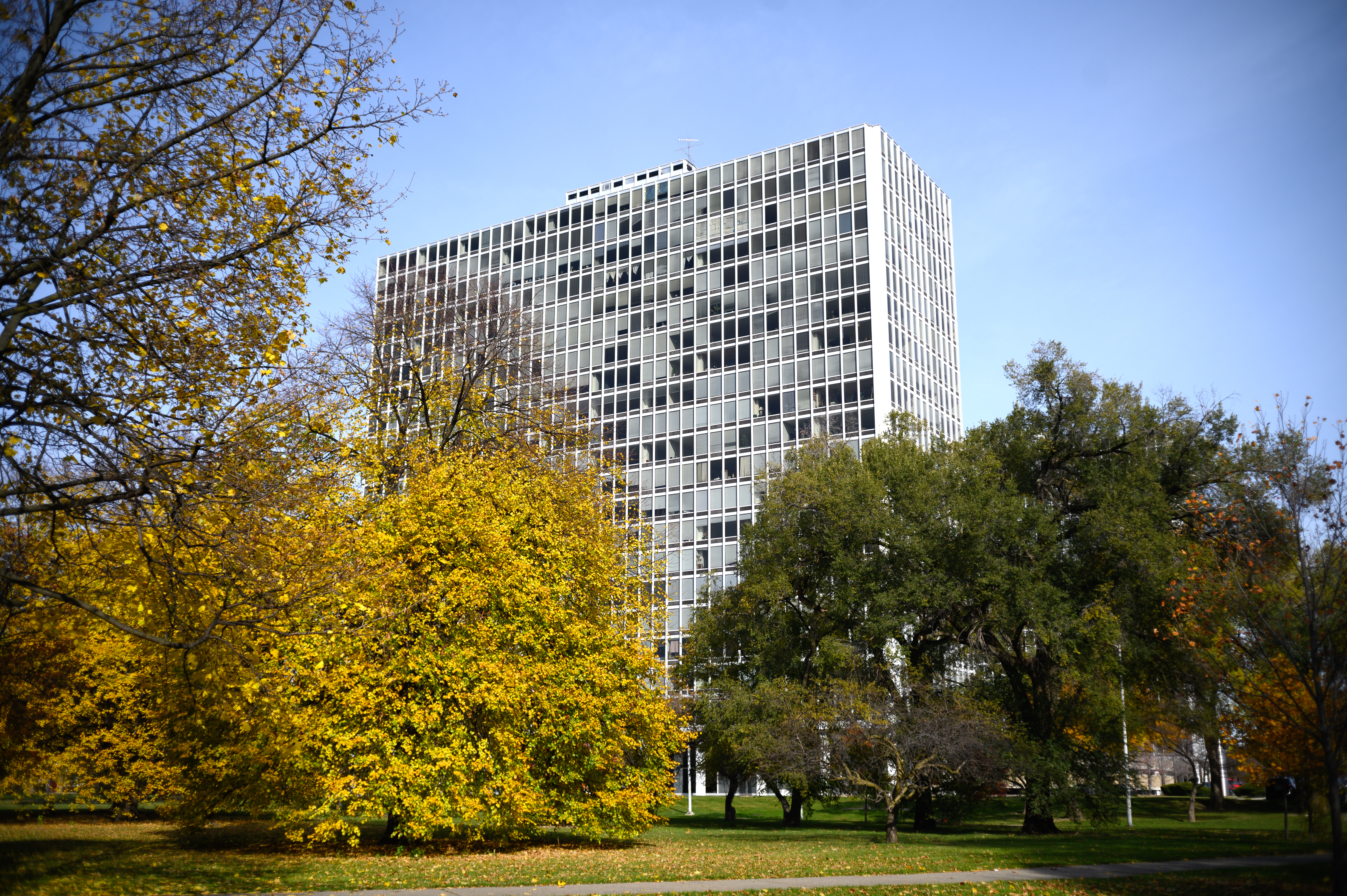
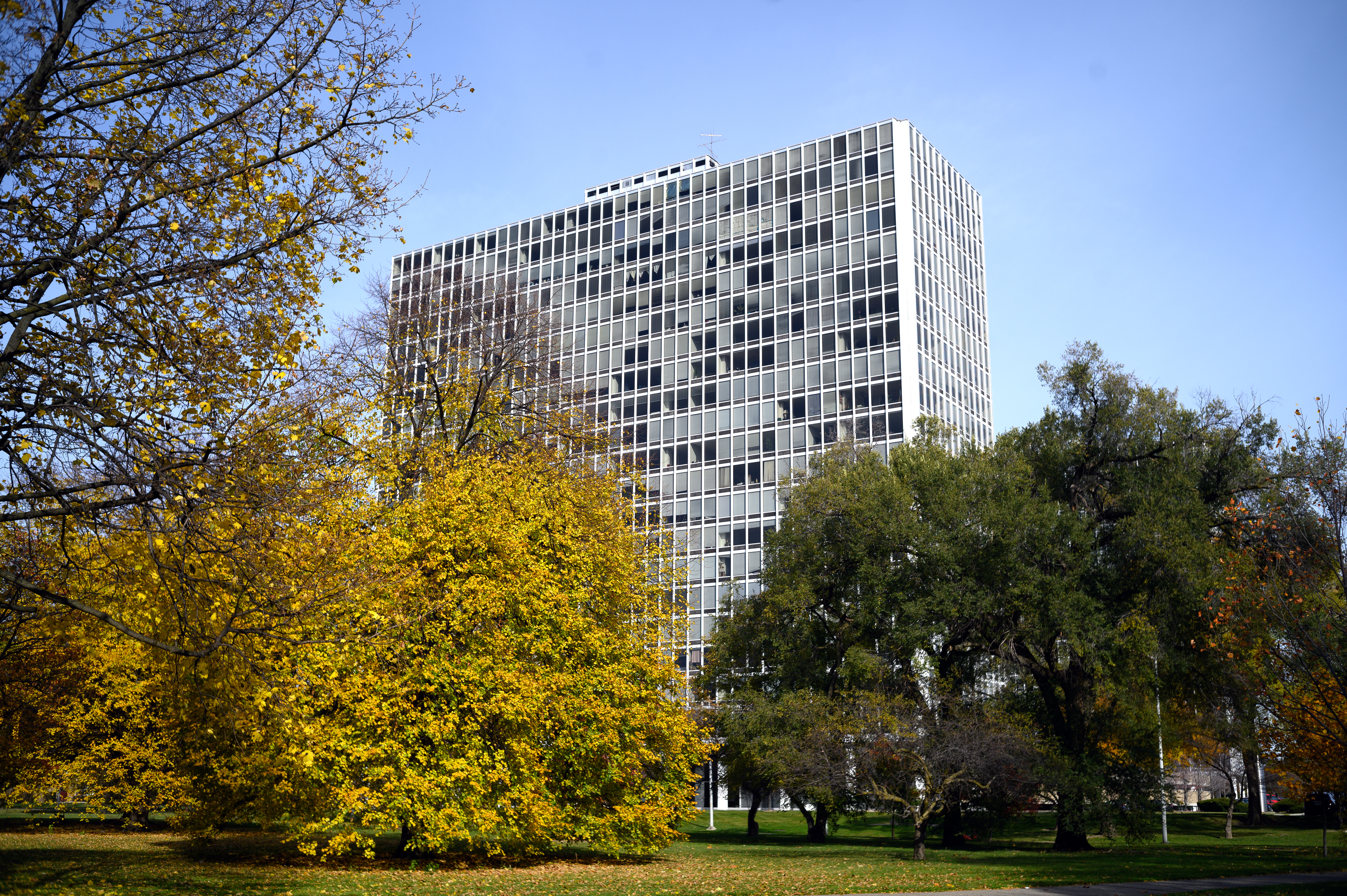


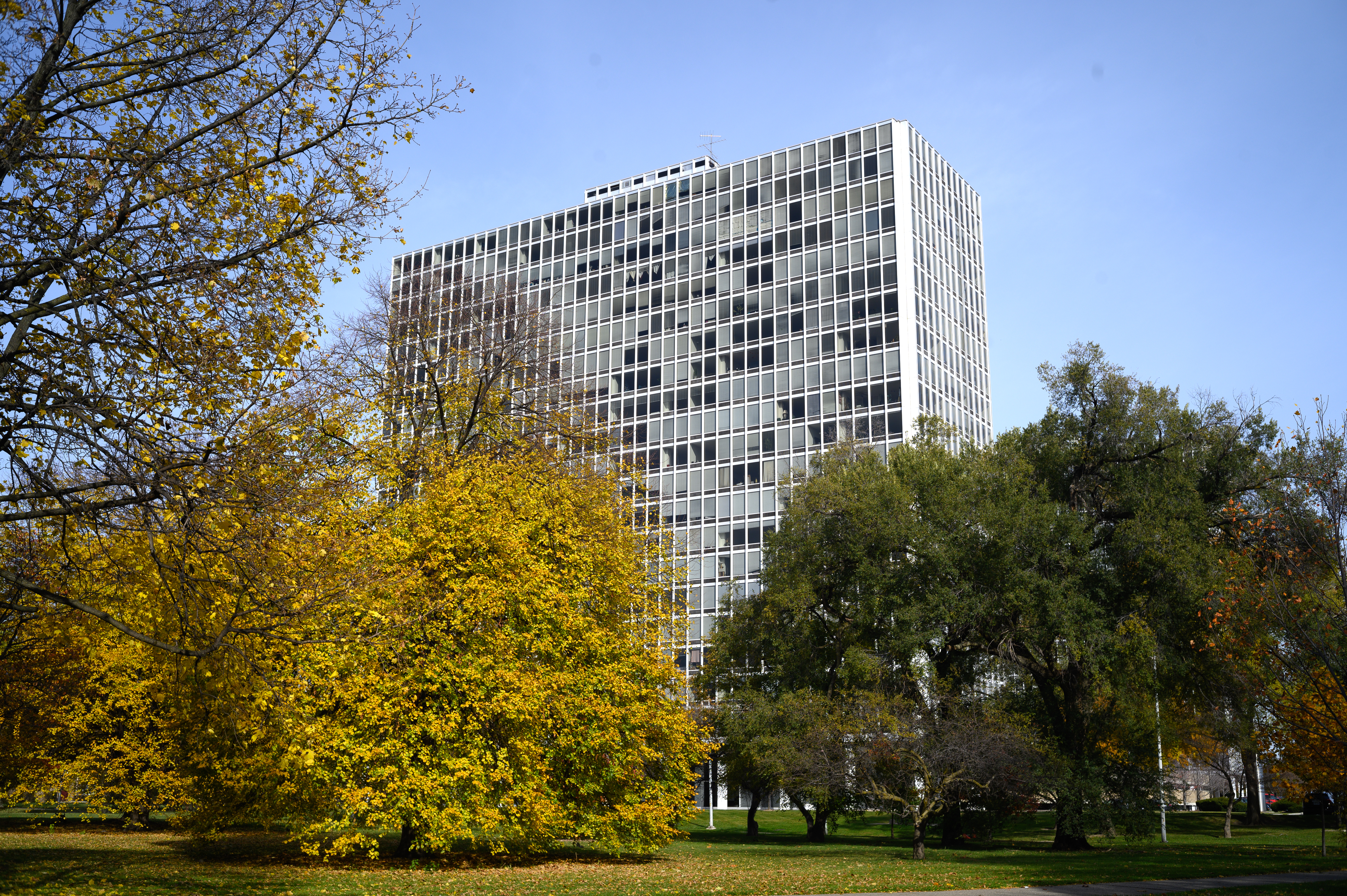



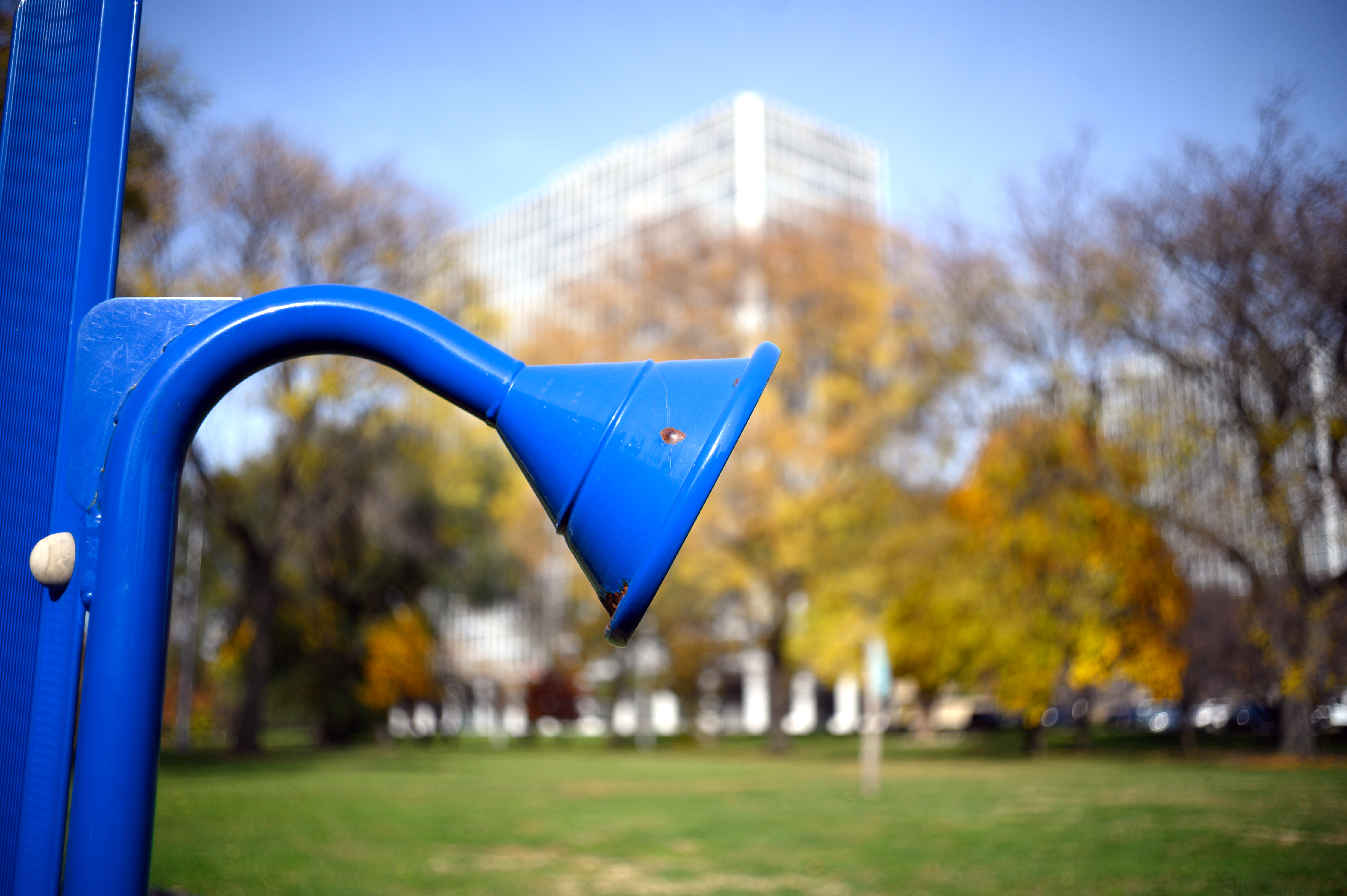



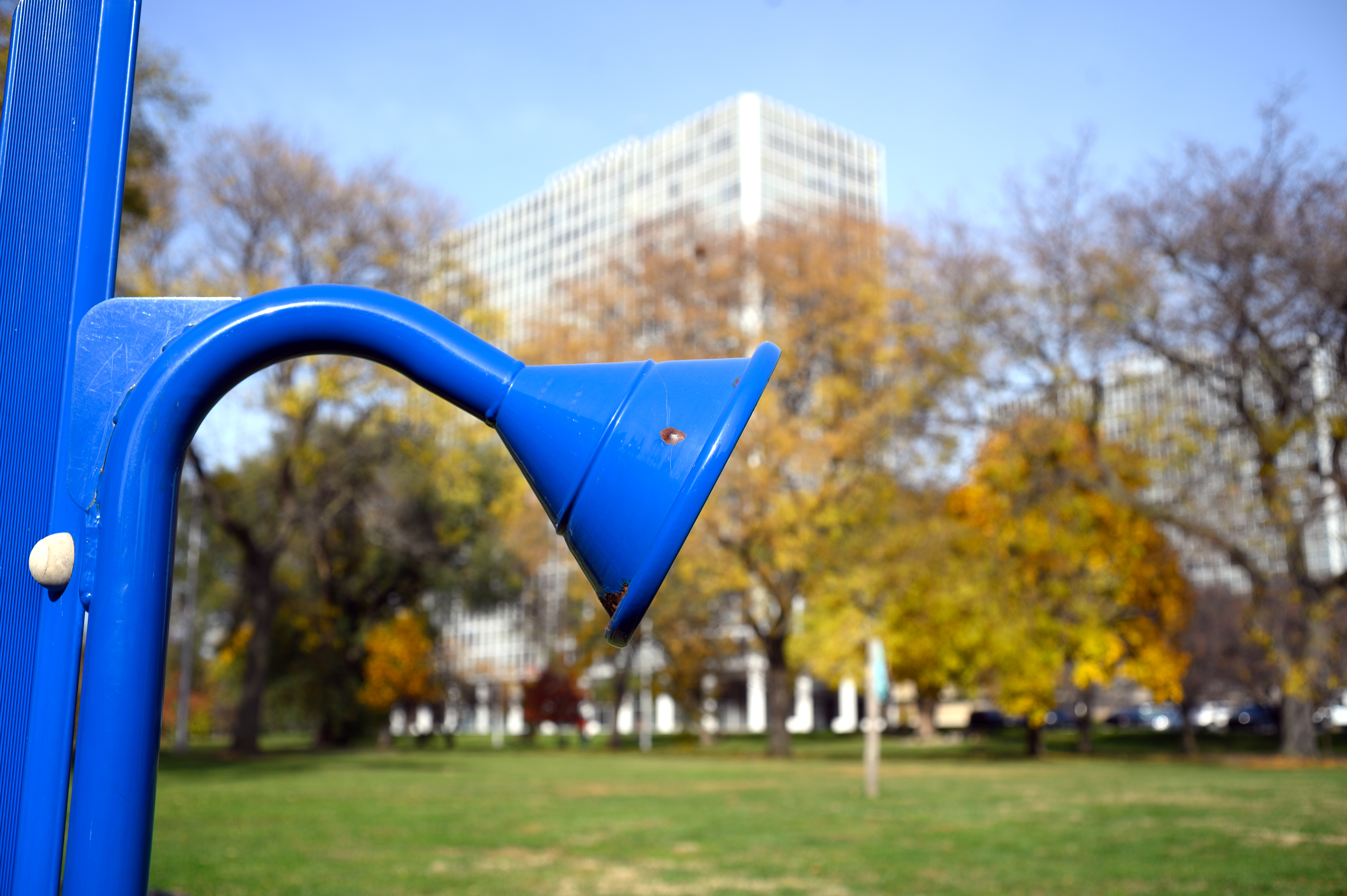
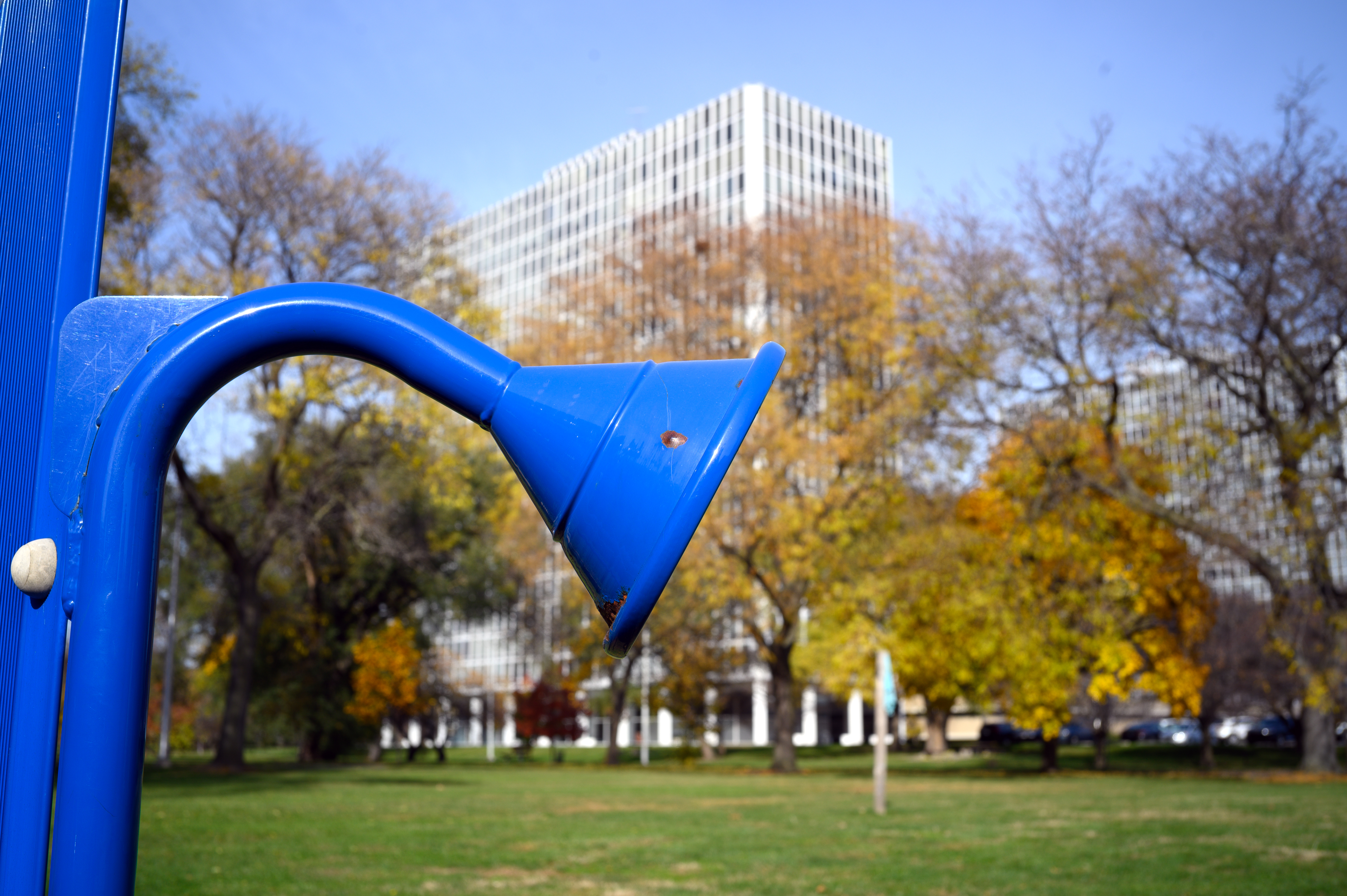

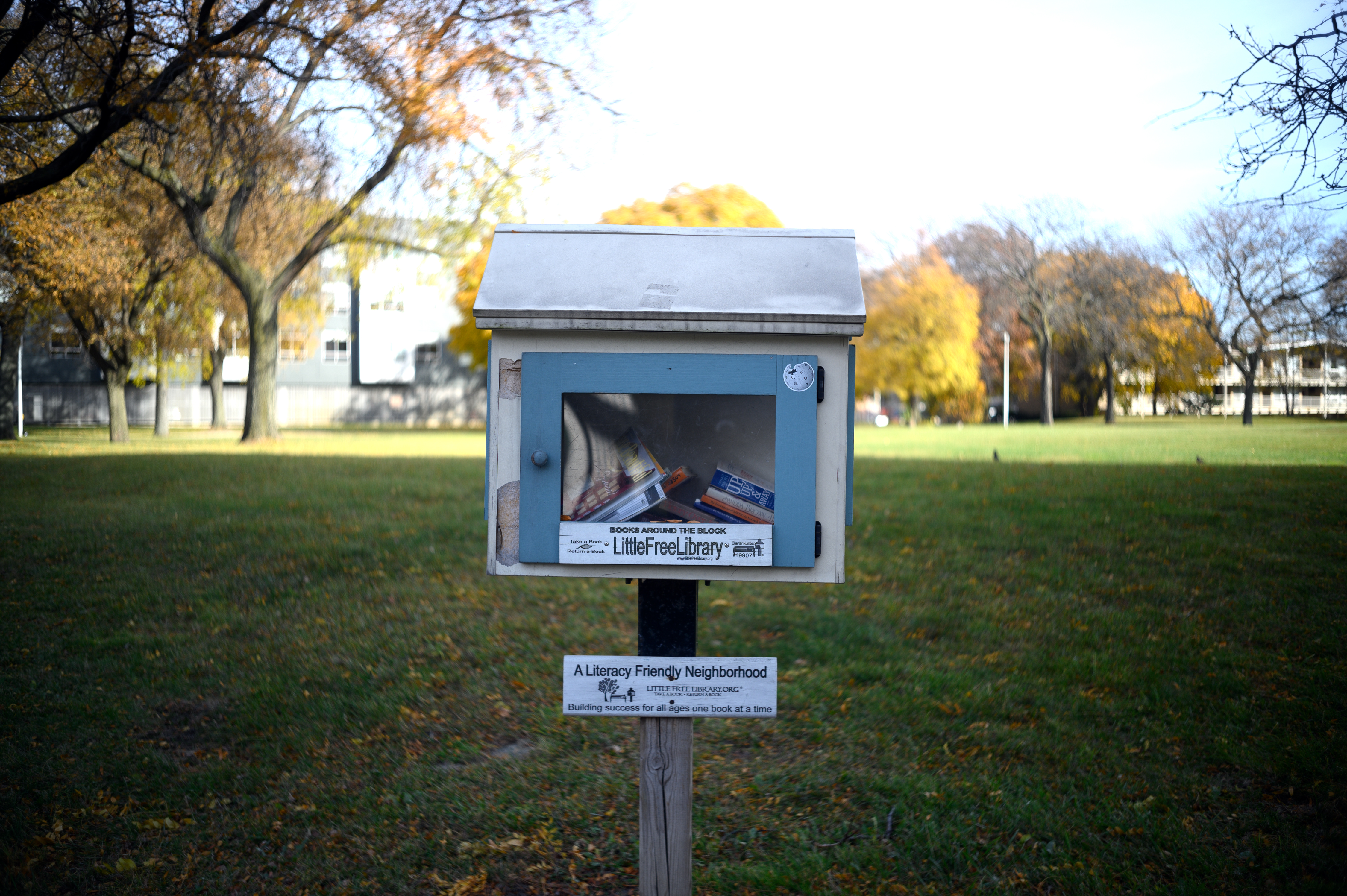
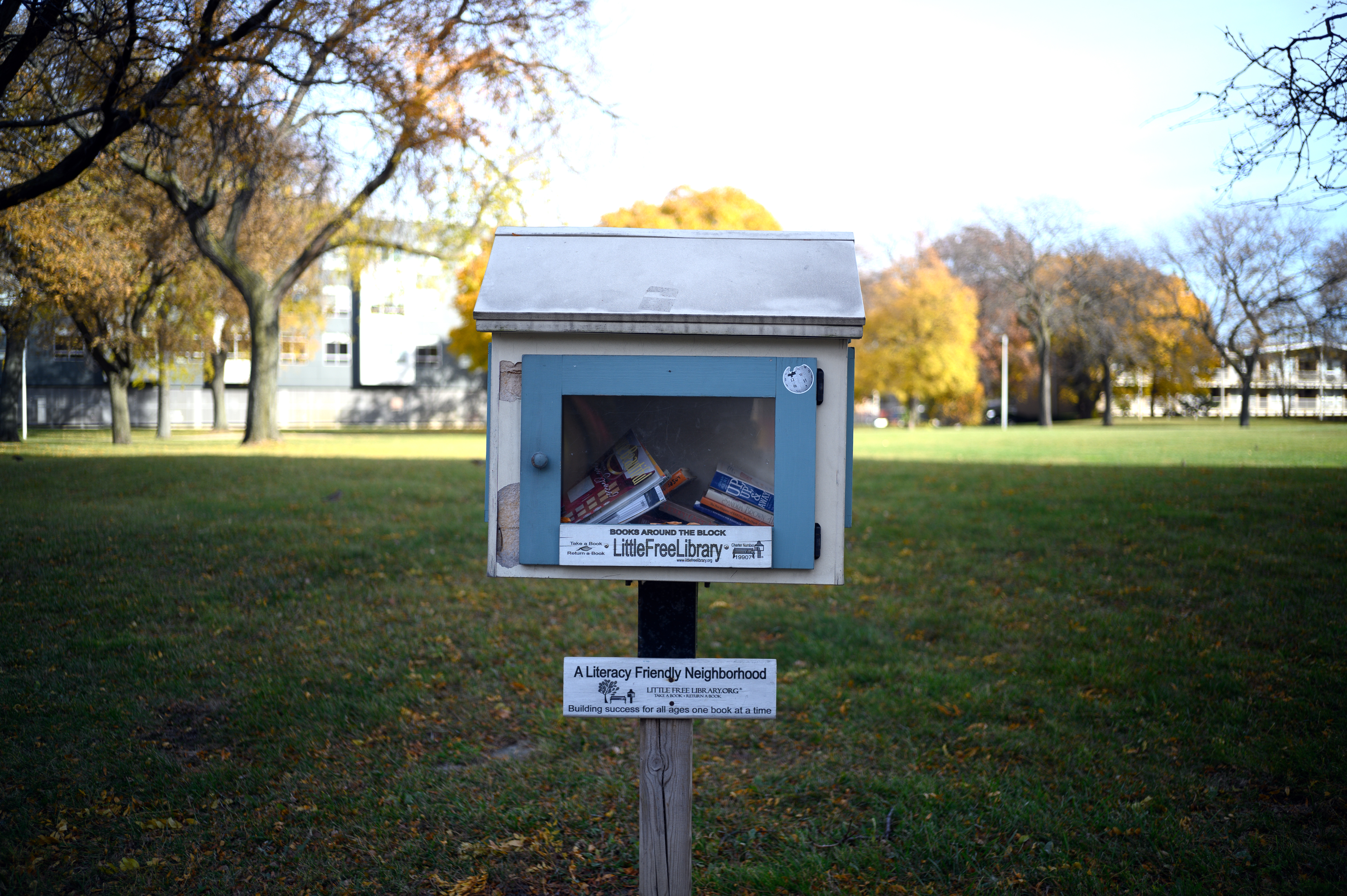
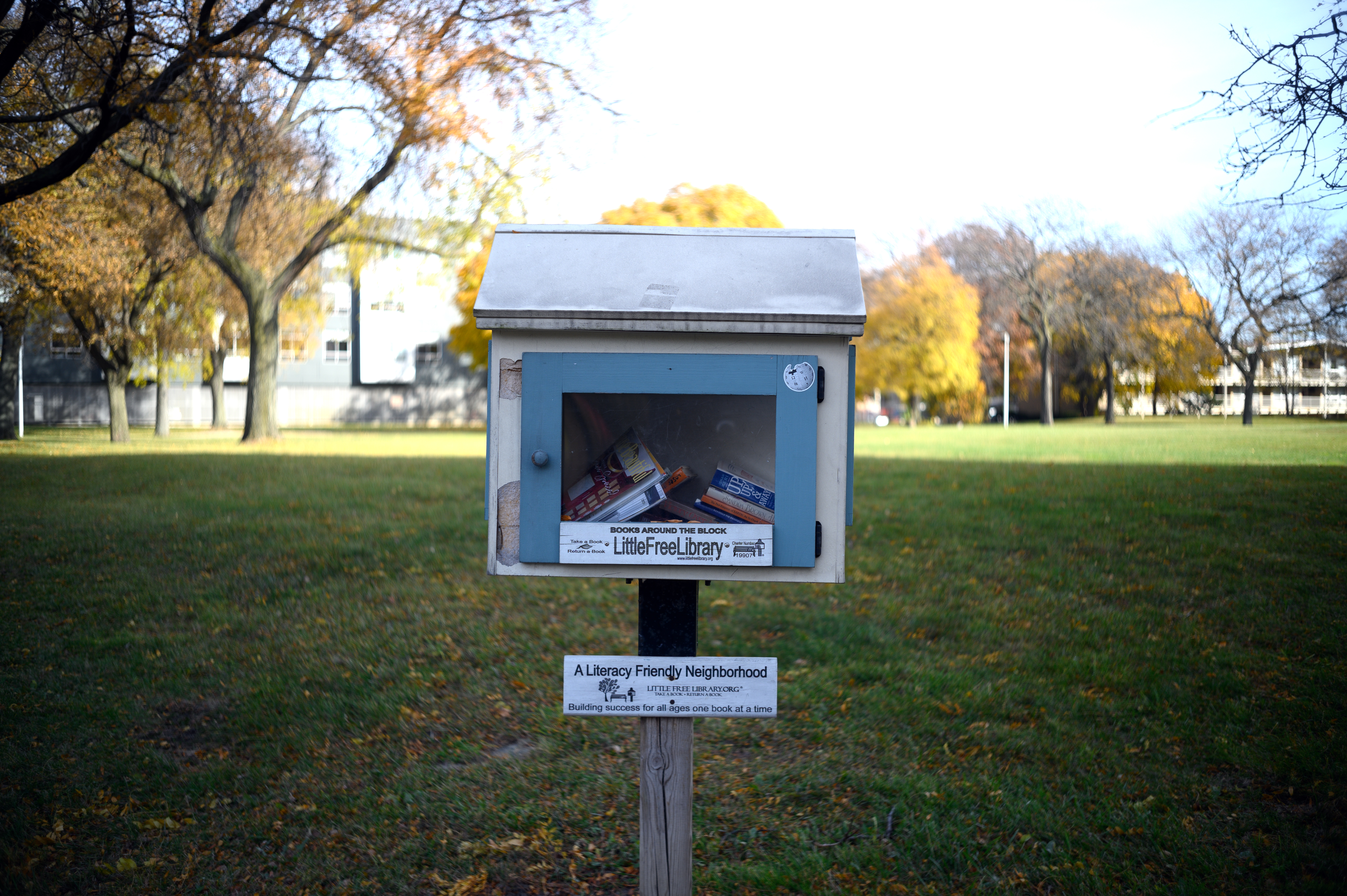

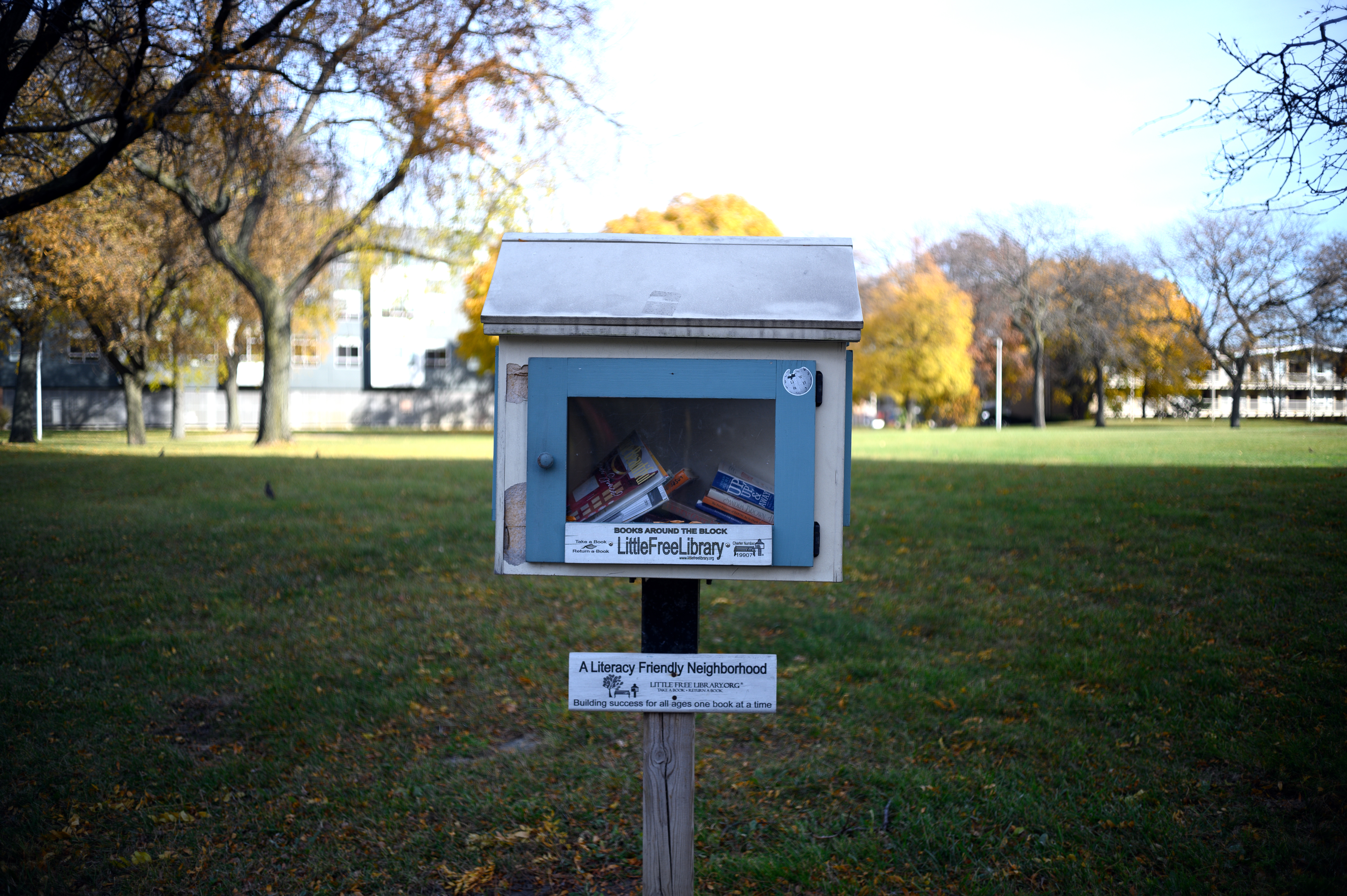
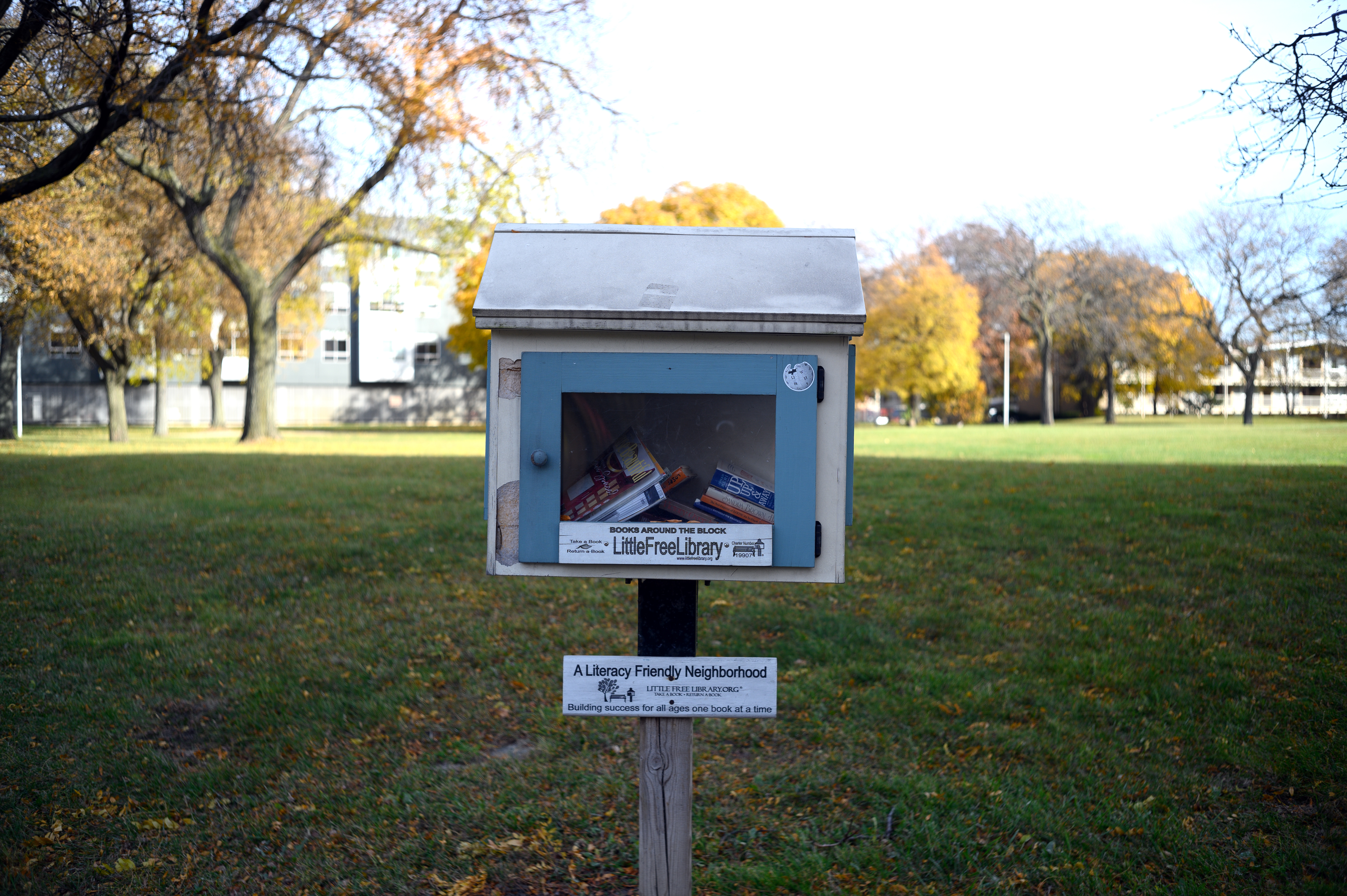
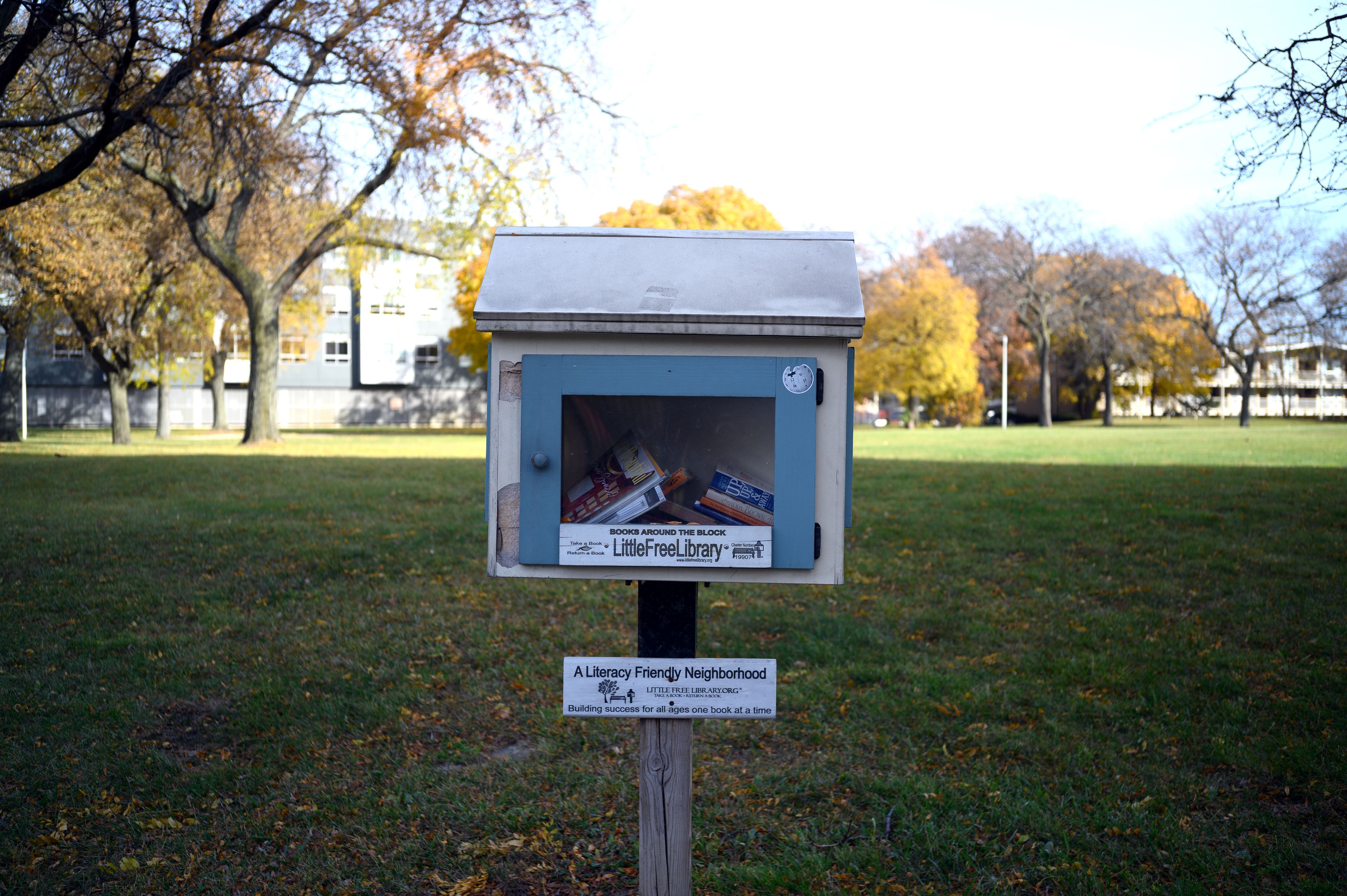
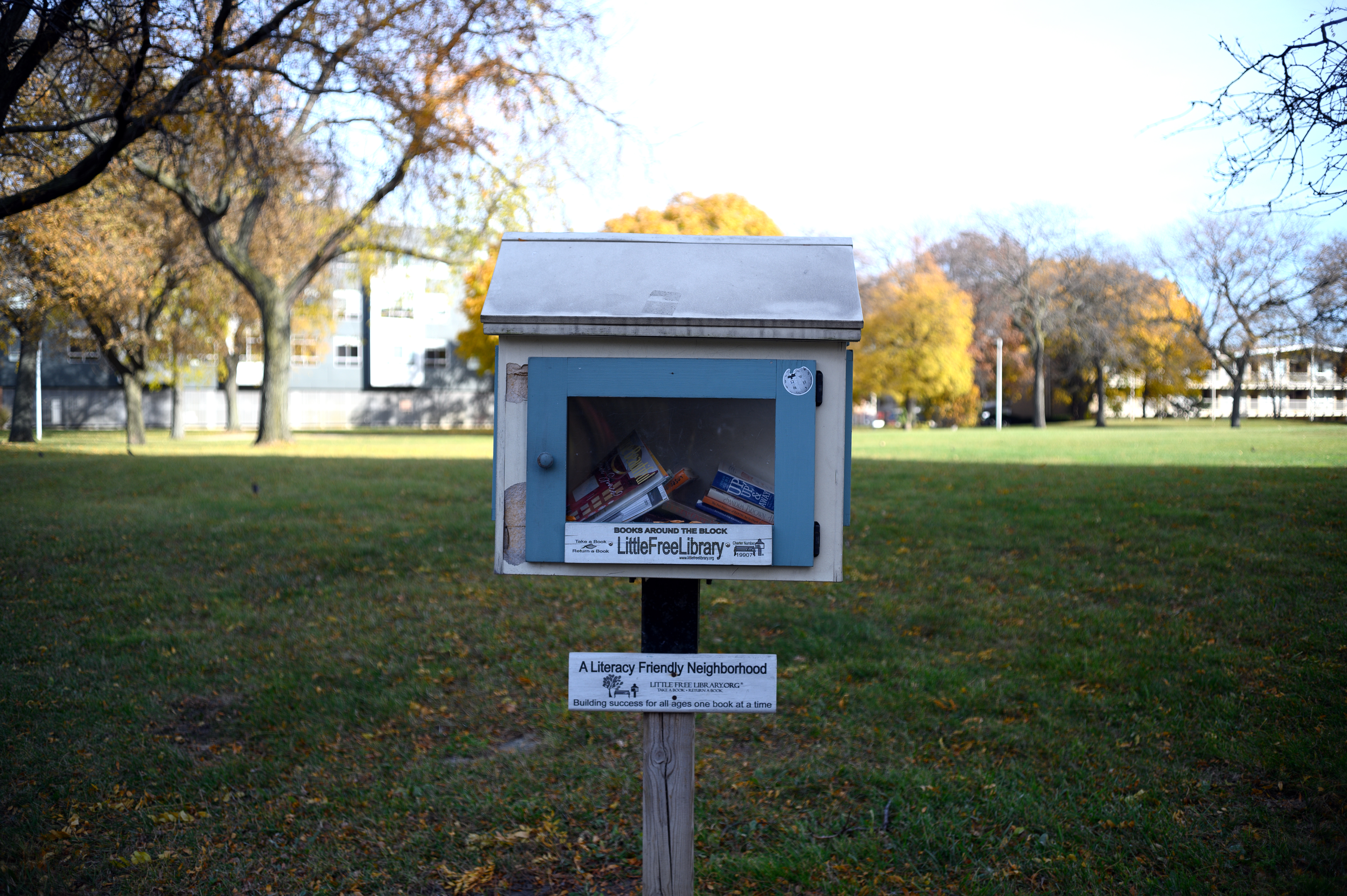

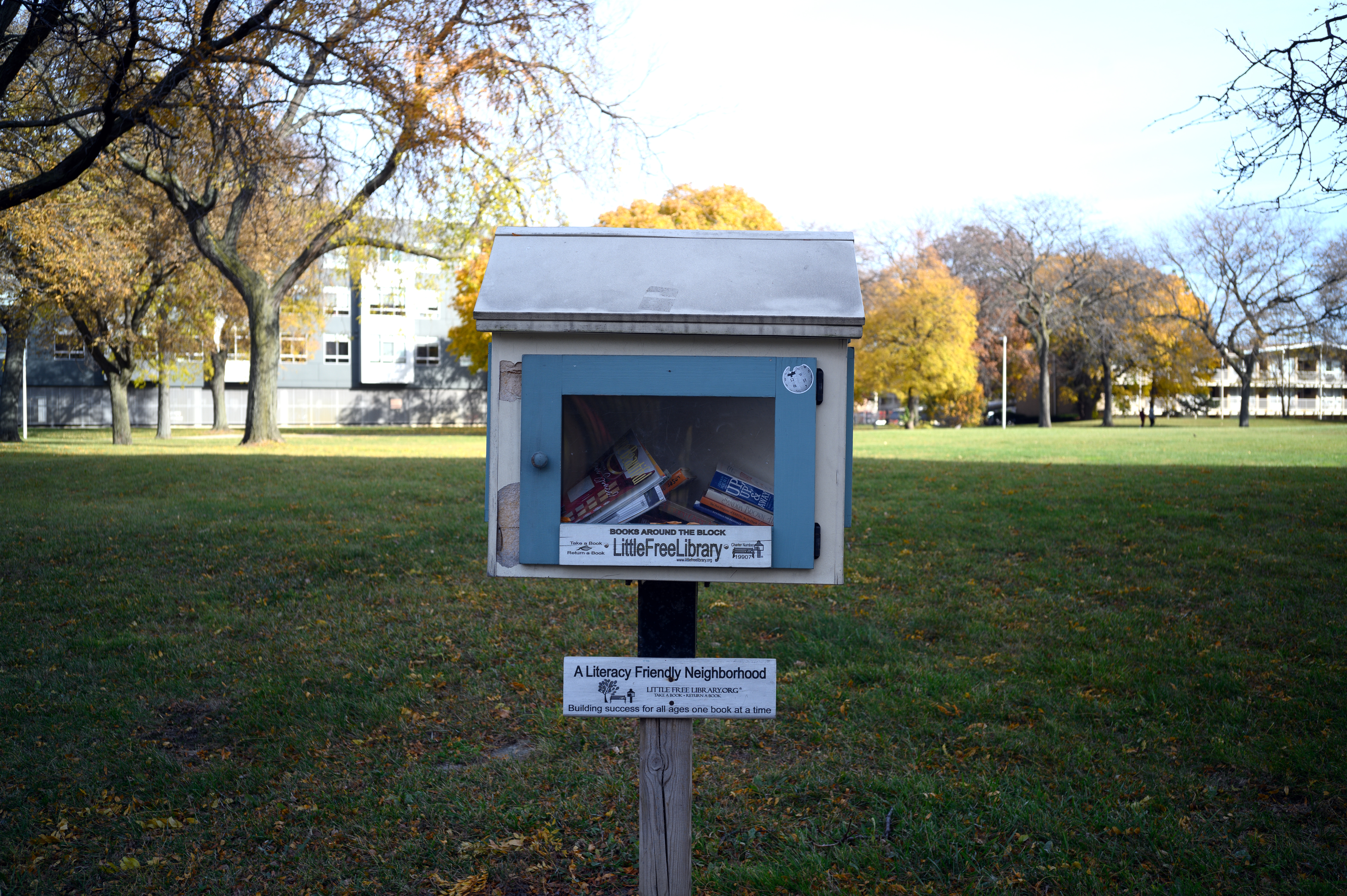
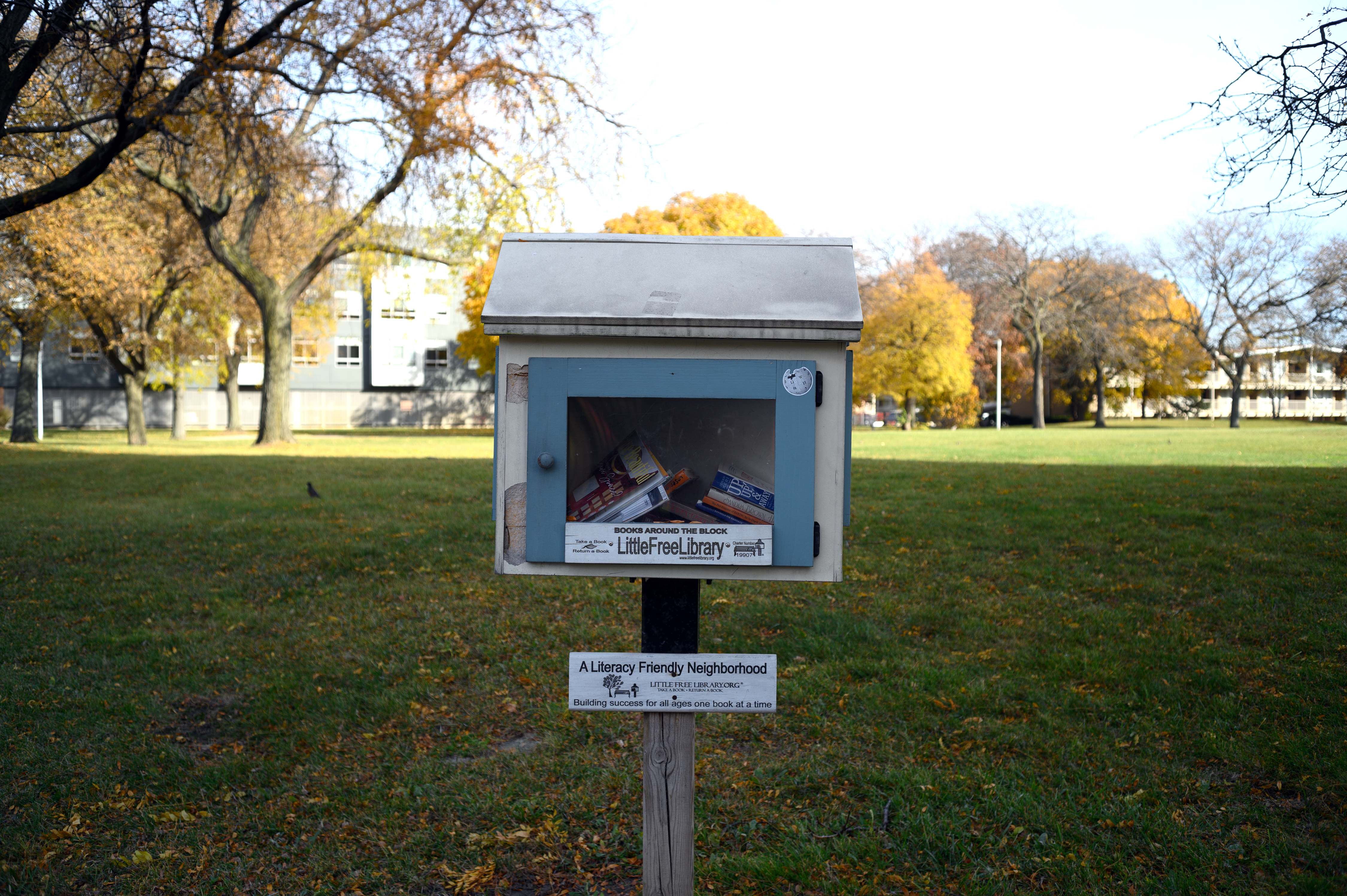
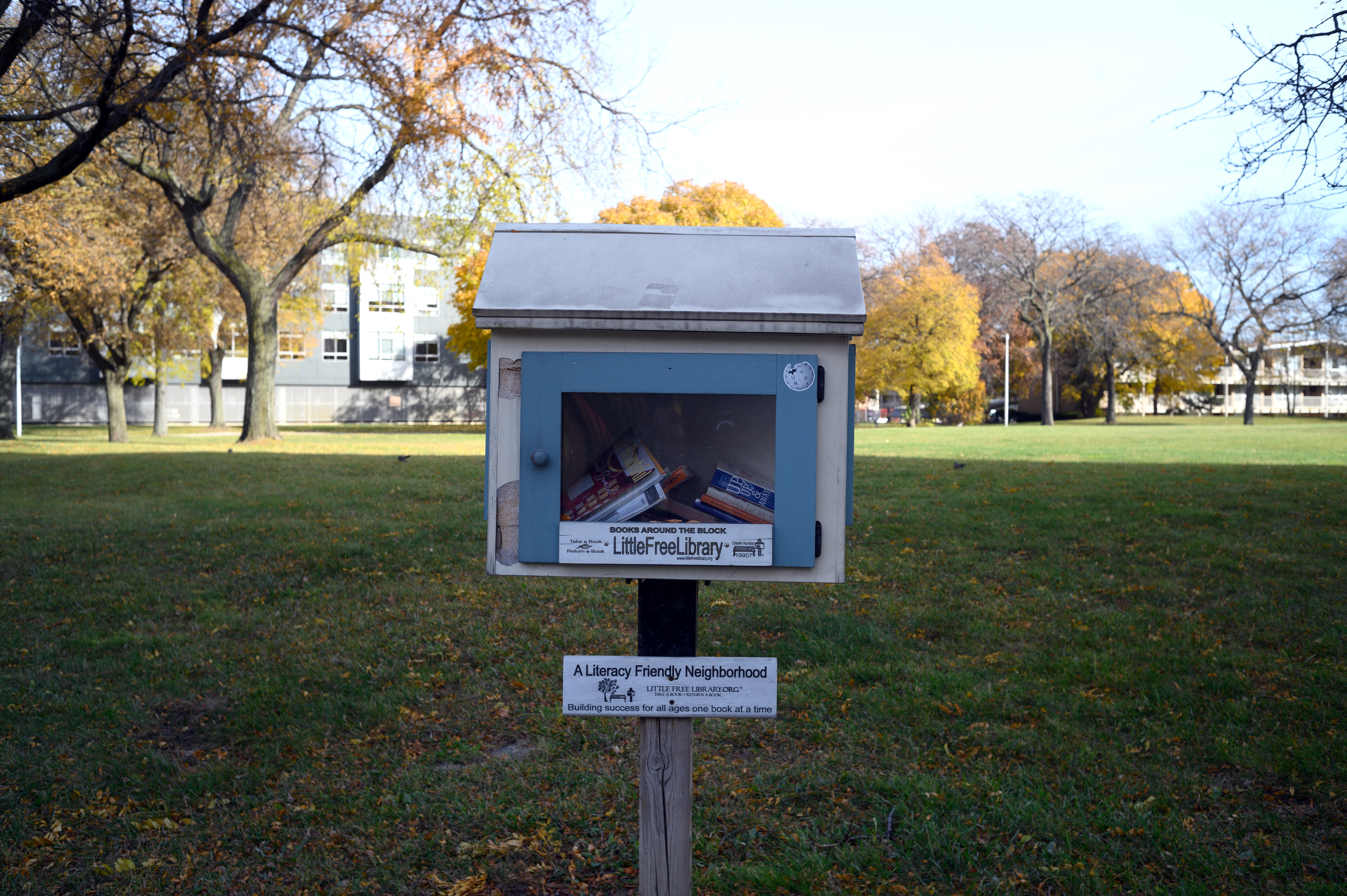
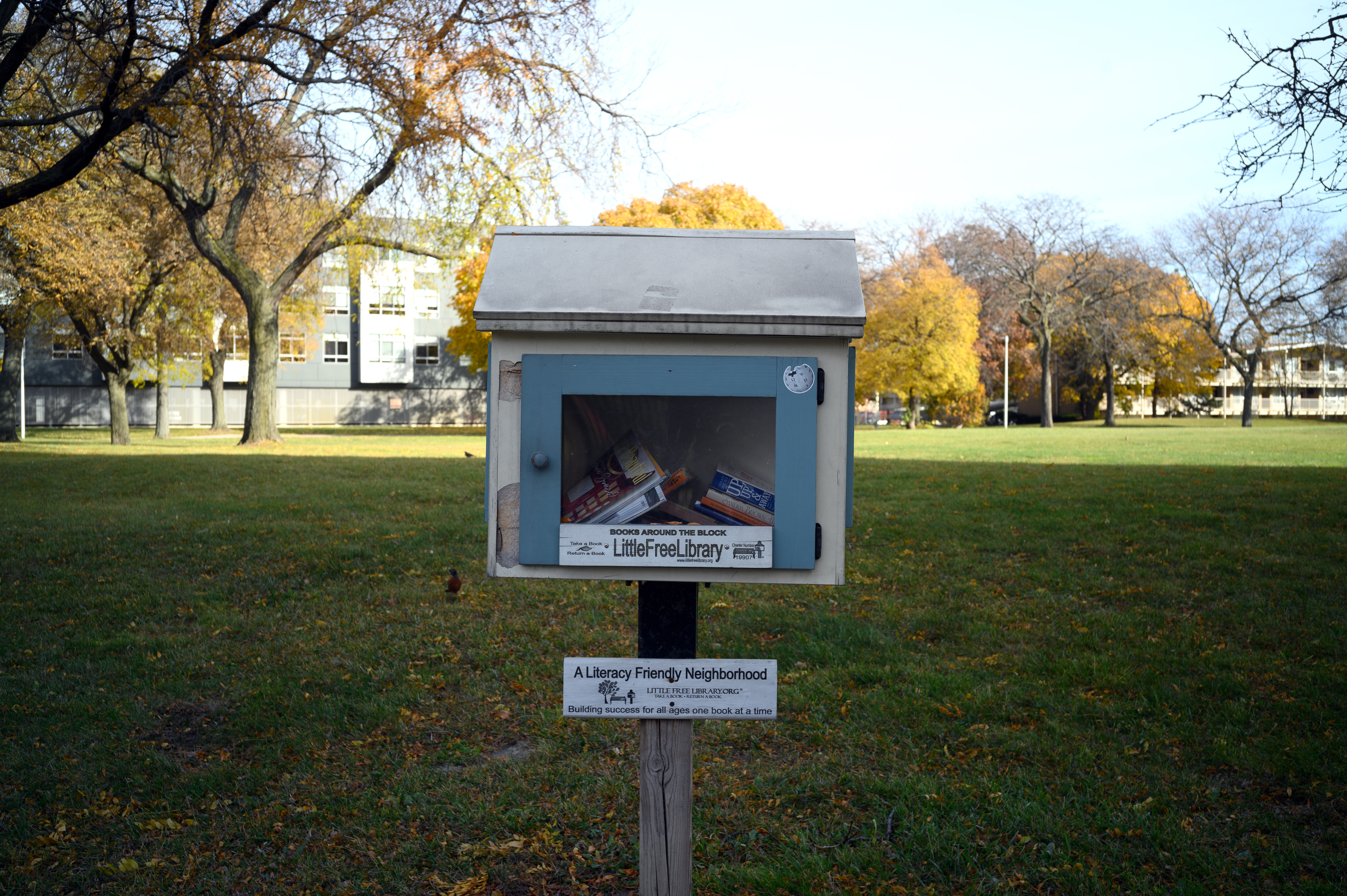

Thanks for this comparison, it’s a lot of work to do this. Very informative.
Very interesting, thank you – much appreciated. I use the goggled 35mm Summaron f2.8 on Leica M3 and M8 bodies and love the rendering.